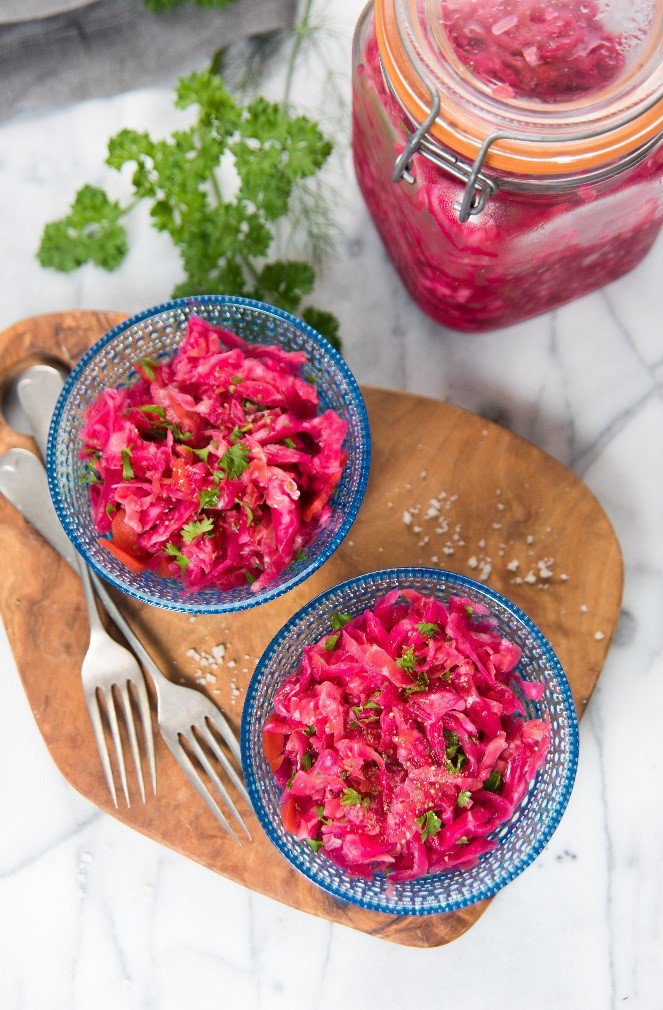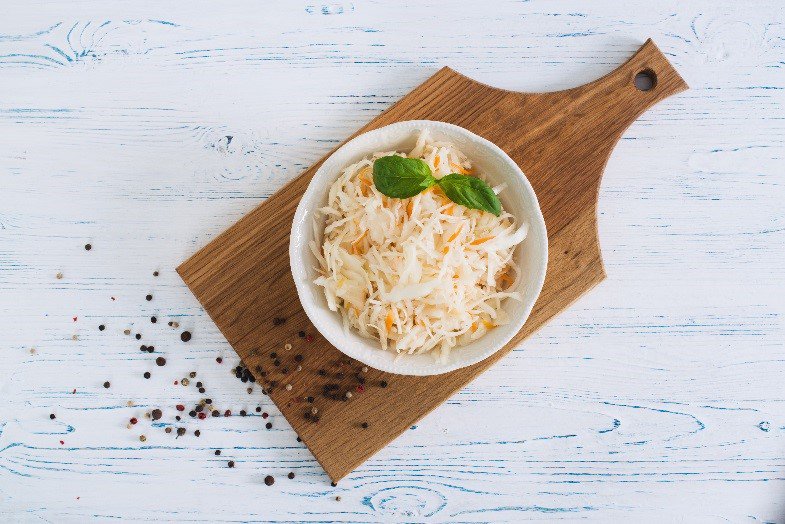
Over the last few years, a number of “it” words have emerged in the area of gut health, such as microbiome, gut microbiota, prebiotics, probiotics, culture and fermented foods. With this emergence has come an increasing interest in fermented foods.
But are the claims regarding the health benefits of eating fermented foods valid? There are a limited number of clinical studies that have been done investigating the health benefits of fermented foods and the answer is not quite clear. While we know that particular foods, prebiotics and probiotics, or the absence of these foods can alter a person’s gut microbiota, we still don’t know exactly how they affect our long-term health. Therefore, it is difficult to say if consuming fermented foods will promote the growth of good bacteria in our gut. This uncertainty makes this emerging field of study a very interesting area of science to be a part of.

In response to the growing consumer interest in fermented foods, the Monash University FODMAP team has been very busy, testing the FODMAP content of fermented foods, as well as looking for answers on the roles of bacteria in health.
Our testing yielded some very interesting and somewhat unexpected results when we compared the FODMAP rating of fermented and raw foods. As you can see from the table below, while the FODMAP ratings of some foods were the same whether they were raw or fermented, some were drastically different, for example common cabbage as a raw ingredient is low in FODMAPs in a 1 cup serving however when fermented to produce Sauerkraut this 1 cup of fermented cabbage is high in the polyol, mannitol. These results remind us that we cannot predict the FODMAP rating of foods without testing.
| Raw ingredient | FODMAP rating | Fermented ingredient | FODMAP rating |
|---|---|---|---|
| Common cabbage | Low | Fermented cabbage i.e. Sauerkraut | High |
| Red cabbage | Low | Red cabbage sauerkraut Rotkohl (fermentiert) | Moderate |
| Milk | High | Yoghurt | High |
| Goats milk | High | Goats yoghurt | Low |
| Milk | High | Kefir | High |
| Soy beans | High | Tempeh | Low |
| Spelt wheat | High | Sourdough spelt bread | Low |
| Mixed vegetables | High | Pickled vegetables | High |
| Onions | High | Pickled onions | High |
| Small cucumbers | Low | Pickled gherkins | Low |
** Check the app for appropriate serving sizes and their FODMAP rating.
There are a number of low FODMAP, fermented foods to choose from, e.g. one standard serving of goats yoghurt, tempeh, sourdough spelt bread and pickled gherkins are low in FODMAPs. There are also smaller serving suggestions for sauerkraut, fermented red cabbage and pickled vegetables in the Monash University low FODMAP app at which these foods are low in FODMAPs. While these are safe to include on a low FODMAP diet, we don’t yet know whether including them in your diet will yield particular health benefits. As always, we remind you check the app for serving sizes and FODMAP rating.

We are constantly testing new foods and this is made possible by sales of our smartphone app that fund our research. Keep an eye on our blog for new foods that will be added in the coming weeks.
